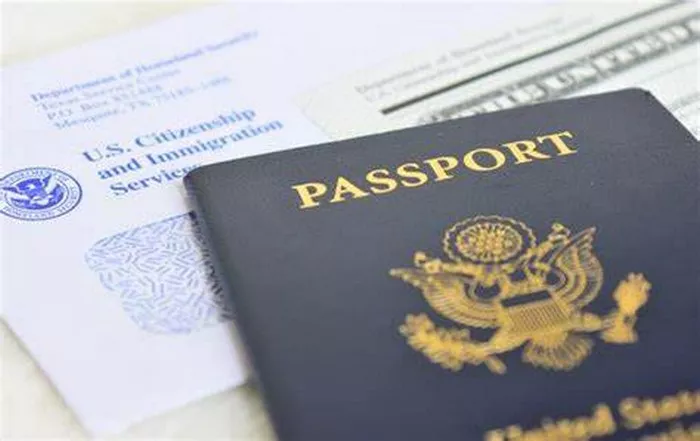In today’s globalized economy, securing legal authorization to work in a foreign country is often a crucial step for individuals seeking employment opportunities. One of the essential documents that facilitate this process is a Work Authorization Card. This card, also known as a work permit or employment authorization document (EAD), grants individuals the legal right to work in a specific country for a designated period.
Understanding the Work Authorization Card
Before delving into the application process, it’s essential to understand what a Work Authorization Card entails. This document is issued by the government of the country where an individual intends to work and specifies the conditions under which they are permitted to be employed. In the United States, for instance, the EAD is issued by the United States Citizenship and Immigration Services (USCIS) and is crucial for non-citizens who are not lawful permanent residents but have been authorized to work temporarily in the country.
SEE ALSO: HOW TO OBTAIN PERMANENT RESIDENCE IN THE UK?
Determining Eligibility
The first step in applying for a Work Authorization Card is to determine whether you are eligible to do so. Eligibility criteria vary depending on the country and specific immigration laws. Generally, eligibility may be based on factors such as:
Immigration Status: Applicants must typically be in a certain immigration category that allows for employment, such as having an approved visa or being a refugee or asylee.
Pending Application or Petition: Some individuals may qualify based on a pending immigration application or petition.
Special Circumstances: Certain special circumstances, such as being a spouse of an eligible individual or being granted temporary protected status, may also qualify individuals for a Work Authorization Card.
It’s crucial to thoroughly review the specific eligibility requirements outlined by the immigration authorities of the country where you intend to work.
Preparing Required Documentation
Once eligibility is established, the next step is gathering the necessary documentation for the application. Documentation requirements typically include:
Application Form: Most countries require applicants to complete a specific application form, such as Form I-765 in the United States.
Proof of Identity: Documents such as a passport, birth certificate, or other government-issued identification that proves your identity.
Evidence of Eligibility: This may include copies of relevant immigration documents, approval notices, or any other documentation supporting your eligibility for work authorization.
Photographs: Recent passport-sized photographs that meet the specified requirements.
Fees: Payment of applicable fees, which can vary depending on the country and specific circumstances of the application.
It’s crucial to ensure that all documentation is accurate, up-to-date, and submitted as per the instructions provided by the immigration authorities.
Completing the Application Process
The application process for a Work Authorization Card typically involves the following steps:
Submission of Application: Submit the completed application form along with the required documentation and fees to the appropriate immigration office or agency. In some countries, applications may be submitted online, while others may require physical submission.
Biometrics Appointment: In certain cases, applicants may be required to attend a biometrics appointment to provide fingerprints, photographs, or other biometric information.
Processing Time: The processing time for a Work Authorization Card can vary significantly depending on factors such as the volume of applications, current immigration policies, and individual circumstances. It’s essential to check the estimated processing times provided by the immigration authorities and plan accordingly.
Notification of Decision: Once a decision has been made on the application, applicants will typically be notified in writing. If approved, the Work Authorization Card will be issued for the specified period.
Common Challenges and How to Address Them
While applying for a Work Authorization Card can be a straightforward process for many individuals, certain challenges may arise. Some common challenges include:
Delays in Processing: Delays can occur due to various reasons, such as incomplete documentation, changes in immigration policies, or high application volumes. To mitigate delays, it’s essential to ensure that all required documentation is submitted accurately and promptly.
Request for Additional Information: In some cases, immigration authorities may request additional information or documentation to process the application. It’s important to respond to these requests promptly and provide the requested information as accurately as possible.
Application Denial: If an application is denied, applicants typically have the right to appeal the decision or reapply, depending on the circumstances. Understanding the reasons for denial and seeking legal advice if necessary can be beneficial in addressing this challenge.
Conclusion
Obtaining a Work Authorization Card is a significant milestone for individuals seeking employment opportunities in a foreign country. By understanding the eligibility criteria, preparing the required documentation, and navigating the application process diligently, applicants can enhance their chances of securing this essential document. While challenges may arise, staying informed and following the guidelines provided by immigration authorities can help streamline the process. Ultimately, a Work Authorization Card not only authorizes individuals to work legally but also opens doors to professional growth and development in a new environment.


